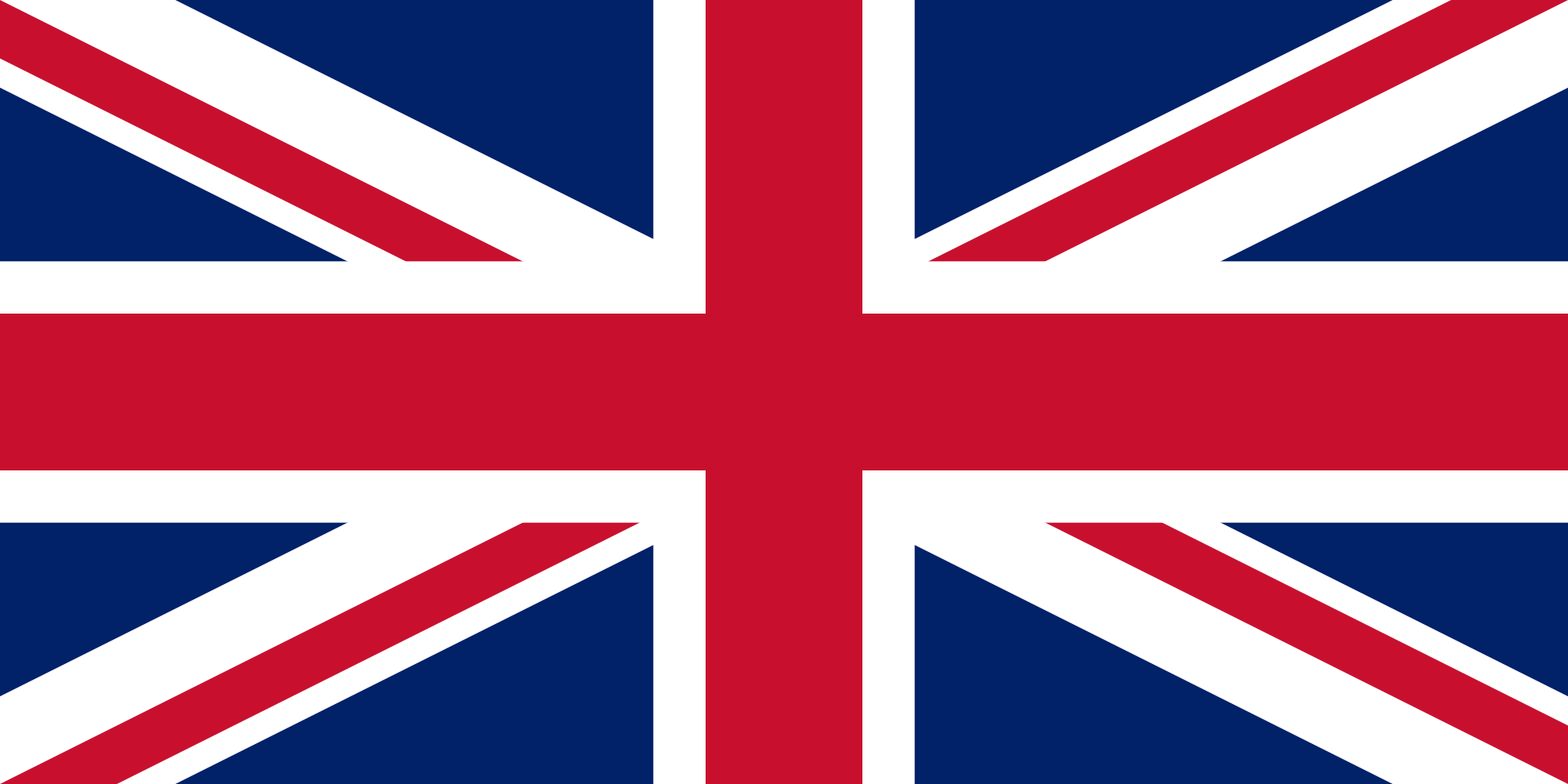Contact
Paradeplatz 7
Phone: +49 6691/207-400
E-Mail
Webseite
„Strong as Ziegenhain“ was once a saying which referred to the imposing former water fort. From 1537, the landgrave Philipp the Noble had the landgrave’s castle including the city core surrounded by 4 roundabouts and a mighty ring wall. This is how the central main fortress of the four Hessian land fortresses was developed. In 1807, fort Ziegenhain was slighted on Napoleons order. The water trench and the castle remained, which has been used as a prison since 1872.
Experience World
New Guardhouse
When building the parade ground in 1769, a main guardhouse was built, which completes the two guardhouses in Philipp gate and Wilhelm gate. The “new guardhouse” accommodated sentries and the restroom for officers and soldiers. The arms stone over the door was originally meant for the Philipp gate guardhouse. The letters “FR” stand for landgrave Frederic I, the king’s crown for Frederic being also king of Sweden at this time.
Castle Ziegenhain and die invention of the Confirmation
In 1470 the previous fortress in Ziegenhain was rebuilt to a hunting lodge by landgrave Ludwig I of Hesse.Confirmation for the principality Hesse, which is celebrated until today by protestants worldwide.
Water trench of Fortress Ziegenhain
The inner water trench of the Hessian land fortress Ziegenhain is well preserved over the centuries. Many stories are told about today’s idyllic waterway.schwalmstadt@rotkaeppchenland.de gebucht werden.
Museum of Schwalm in the former commander’s building (Stone House)
The former commander’s building of Ziegenhain today accommodates the museum of Schwalm. Besides folkloric exhibits of the region from the Stone Age, visitors can find a several square meters large model of fortress Ziegenhain of 1760 and original weapons from different epochs of the moving fortress history. The Schwalm costumes for many events (weddings, baptisms, confirmations, etc.) is a must-see for every visitor.
Tour Offers and Information
Schwalmstadt-Ziegenhain: Wasserfestung und Konfirmationsstadt
Pilgrim path ,,Catechism on the way“
Since 2017, Ziegenhain has therefore also been nicknamed "Confirmation City Schwalmstadt". In memory of the invention of the Confirmation, there is the catechism path around Ziegenhain since 2014. On the 21 km long pilgrimage, five churches offer the encounter with one main piece of the catechism each.
Monument and History
History Landgrave Philipp the Noble, also known as „Leo Hassiae“, was one of the first protestant electors in the German speaking area. From 1537 he had the landgrave’s castle rebuilt to the central main fortress of the four Hessian state fortresses by (among others) Balthasar von Germersheim. Because of him and the Ziegenhain church discipline regulations, developed under his thoughtful regency in 1539, the Protestantism was decisively influenced and Ziegenhain became the birth location of the Confirmation in today’s form in 1539. Since 2017, Ziegenhain is therefore also calles “Confirmation city Schwalmstadt”.
Quelle: gemeinfrei
Architecture Castle of counts of Ziegenhain
Quelle: gemeinfrei Quelle: Gerhard Reidt Quelle: Quelle: Merian
Partner





